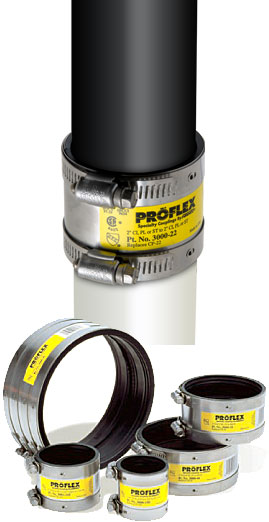I took out an old rusted ceramic sink in a house I just bought and I'm attempting to put in a new utility sink. I took out the piping back to the cast iron portion. I have attached pictures for the situation I am facing.
I bought a no-hub connector for 1 1/2" CI to 1 1/2" PVC thinking it would be the easiest solution. For whatever reason (see picture) the connector has a lot of room around the 1 1/2" cast iron. That side is noticeably bigger while the PVC side seems to fit more snug around the 1 1/2" PVC pipe. What am I missing? Is this OK and I should just tighten the band and it will take care of any space?
Additional questions:
Would you use this cast iron piece even though the end is pretty rusted? Is there a best way to remove the rust and keep using it? I read that removing cast iron piping is extremely hard so I was hoping to avoid that.
In the picture you can also see the type of plastic cap that was used previously to connect to PVC. Would using this type of connector again instead of the connector I have be appropriate or is it not code?


I bought a no-hub connector for 1 1/2" CI to 1 1/2" PVC thinking it would be the easiest solution. For whatever reason (see picture) the connector has a lot of room around the 1 1/2" cast iron. That side is noticeably bigger while the PVC side seems to fit more snug around the 1 1/2" PVC pipe. What am I missing? Is this OK and I should just tighten the band and it will take care of any space?
Additional questions:
Would you use this cast iron piece even though the end is pretty rusted? Is there a best way to remove the rust and keep using it? I read that removing cast iron piping is extremely hard so I was hoping to avoid that.
In the picture you can also see the type of plastic cap that was used previously to connect to PVC. Would using this type of connector again instead of the connector I have be appropriate or is it not code?


























































